How to Use iOS Widget Stacks: Your Complete Guide


This article will tell you all about iOS widget stacks and answer some of the most frequently asked questions we've encountered. Widget stacks are a great way to organize your Home screen (even on a Mac), but can get a little confusing when you're not familiar with them. We're going to learn to make app stacks out of widgets, what a Smart Stack is, how to remove widgets from Smart Stacks, choose the size of your Smart Stack, and more, so let's get started!
What's in This Article
- What Is a Widget Stack?
- How to Add a Smart Stack to Your Home Screen
- How to Create a Custom Widget Stack
- Browsing Your Widget Stacks
- How to Customize a Smart Stack
- Troubleshooting Your Widget Stacks
- Is There a Way to Stack Different Sized Widgets?
- My Widgets Won't Stack!
What Is a Widget Stack?
A Widget Stack is a collection of widgets on your Home Screen that rotates through the widgets it's comprised of. It's a great way to keep the most relevant information at your fingertips without cluttering up your Home Screen. There are two types of Widget Stacks: Smart Stacks, which your iPhone curates for you, and Custom Stacks, which you can put together yourself.
How to Add a Smart Stack to Your Home Screen
A Smart Stack is a Widget Stack made of widgets your iPhone thinks you will find interesting. For example, if you check the news and weather every morning, it will probably include those widgets in your Smart Stack. If you look through your Photo Library a lot, you may find Featured Photos as part of the lineup, too. To add a Smart Stack to your Home screen:
- Long press on a blank part of your Home Screen until it enters jiggle mode.
- Tap the Add button on the top left of the screen.
- Scroll through the widget options that appear until you see Smart Stack. Tap it.
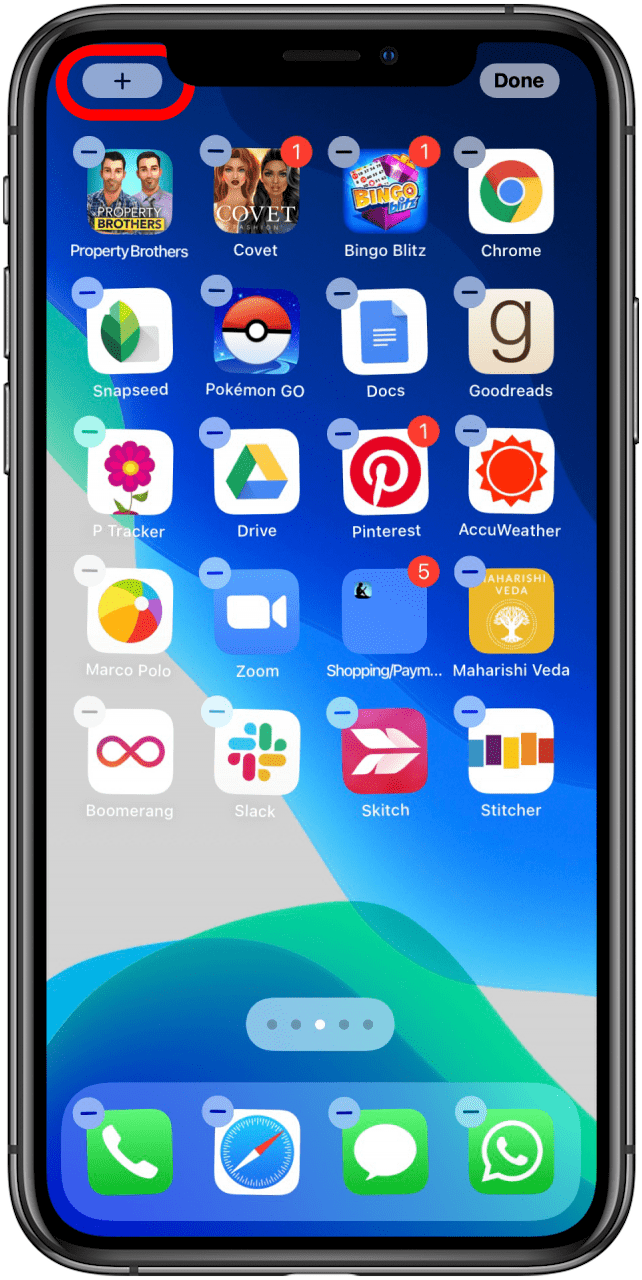
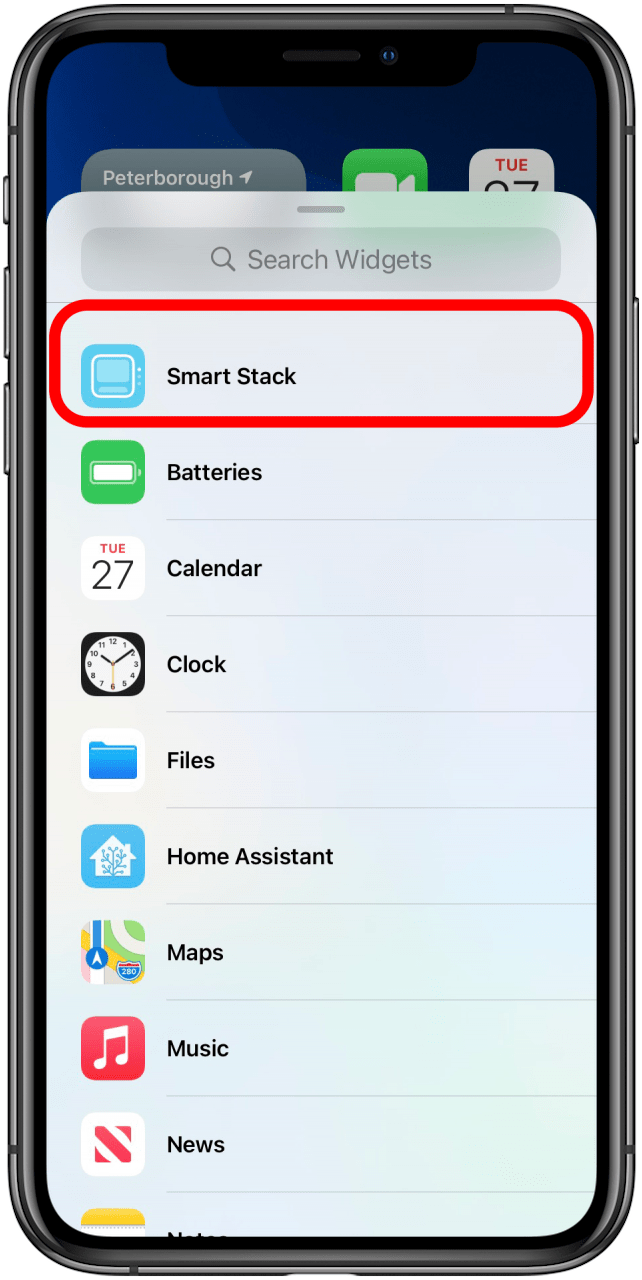
- Swipe to choose the size of your Smart Stack. If you have a lot on your Home screen, you might want a smaller, more compact option. If you want the widgets to be highly visible, a larger version might be right for you.
- Tap Add Widget.
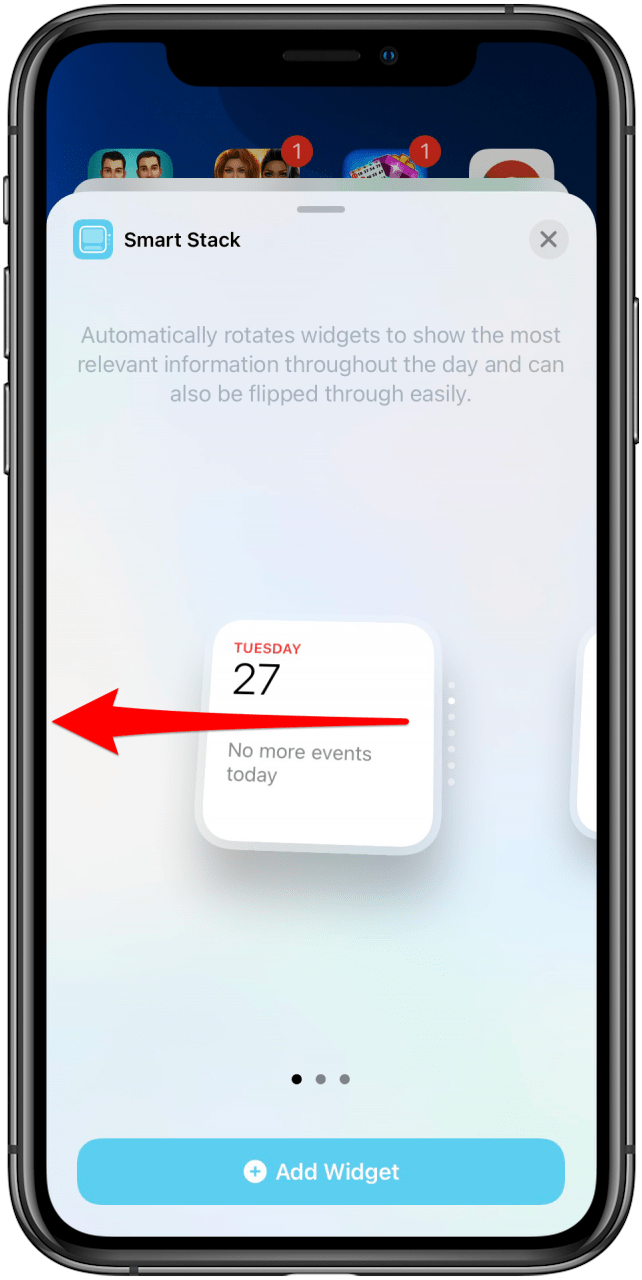
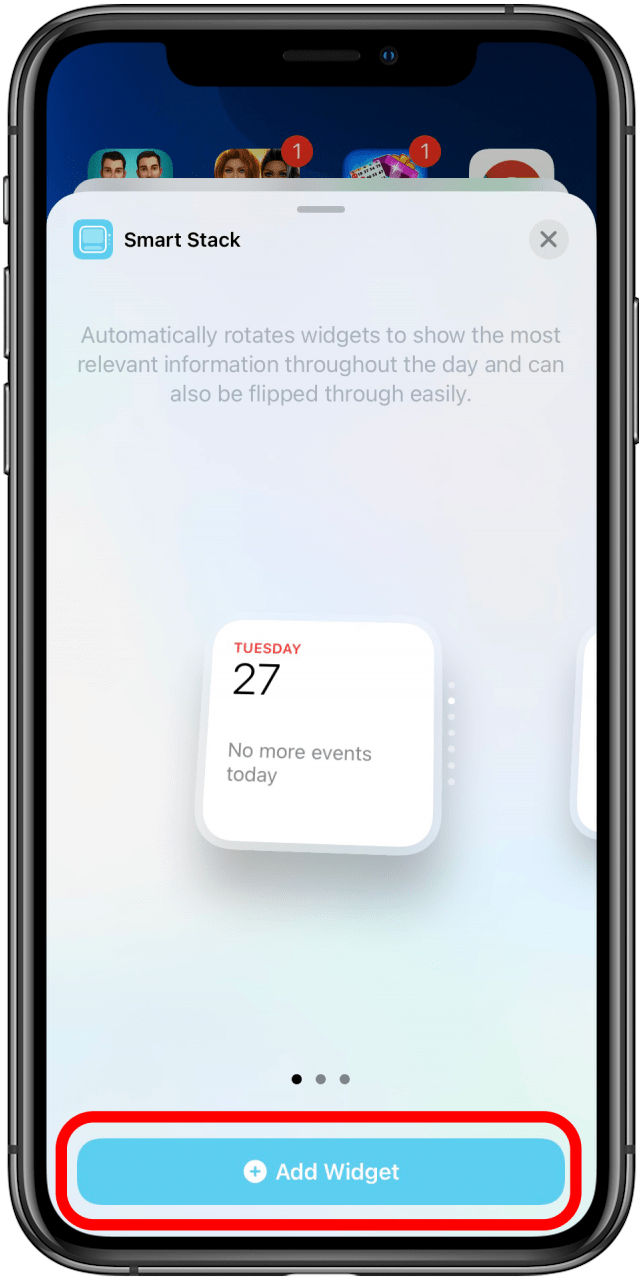
How to Create a Custom Widget Stack
If the Smart Stack options aren't doing it for you, or maybe you just want one or two widgets in a stack, a Custom Stack is the way to go. You can add as many widgets to a Custom Stack as you want; however, if the widgets are different sizes they will not stack. To create a custom stack:
- Add two or more widgets of the same size to your Home screen. You can either drag them from the Today View or tap the Add button when your Home screen is in jiggle mode and select your option.
- Long press on one of the widgets, then drag it on top of the other widget and release.
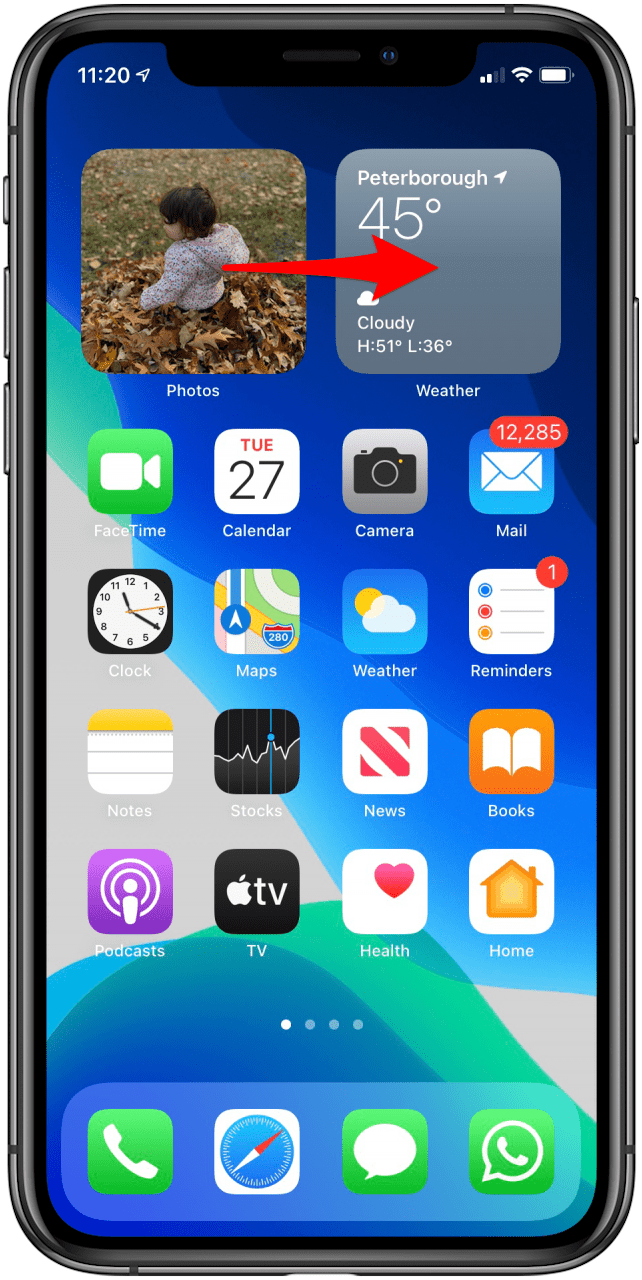
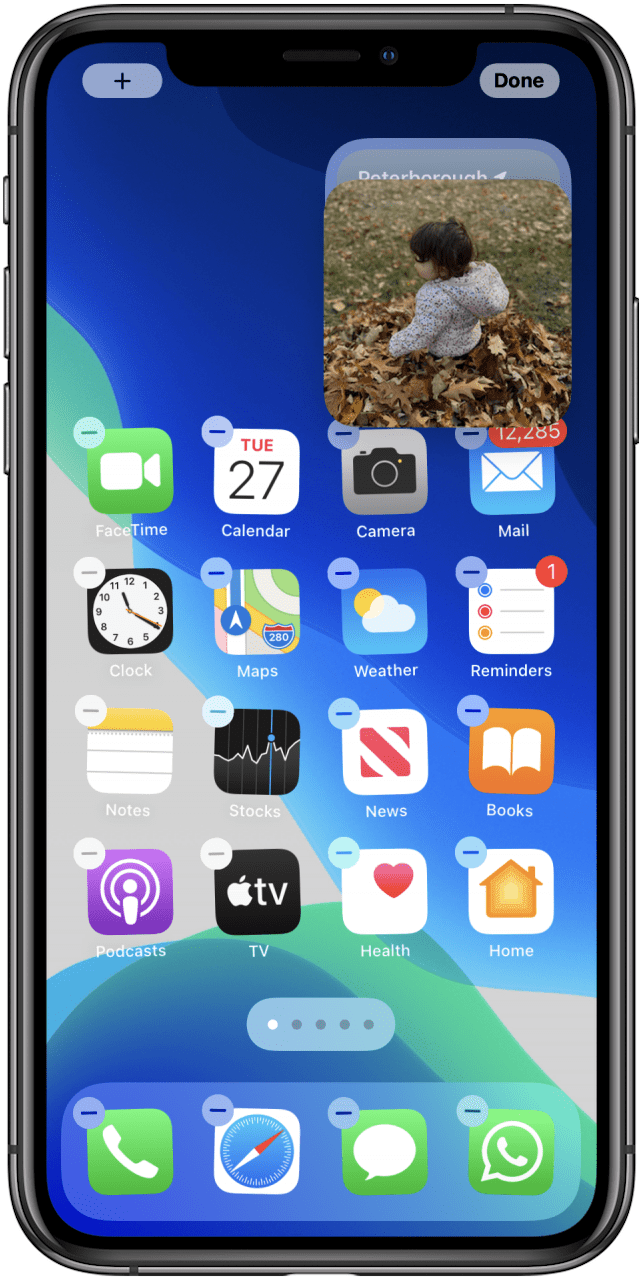
Browsing Your Widget Stacks
To browse your widget stacks, just swipe up or down on them. I keep my widget stacks at the top of my Home Screen, so I usually start by swiping up on them, as swiping down can get me my notifications menu by mistake. Two dots will appear on the right side of your Stack, showing you how many widgets you have and which one you are on. But what if you want to change it around? While a custom stack is by definition only made of widgets you want, you may find yourself wishing to edit a Smart Stack. Fortunately, there are a couple ways to do that.
How to Customize a Smart Stack
To change the order your widgets appear in or remove a widget from a Smart Stack just:
- Long press on your Smart Stack until a menu appears. Tap Edit Stack.
- To change the order in which your widgets appear, tap the three lines to the side of a widget, then drag it to the new place you want it.
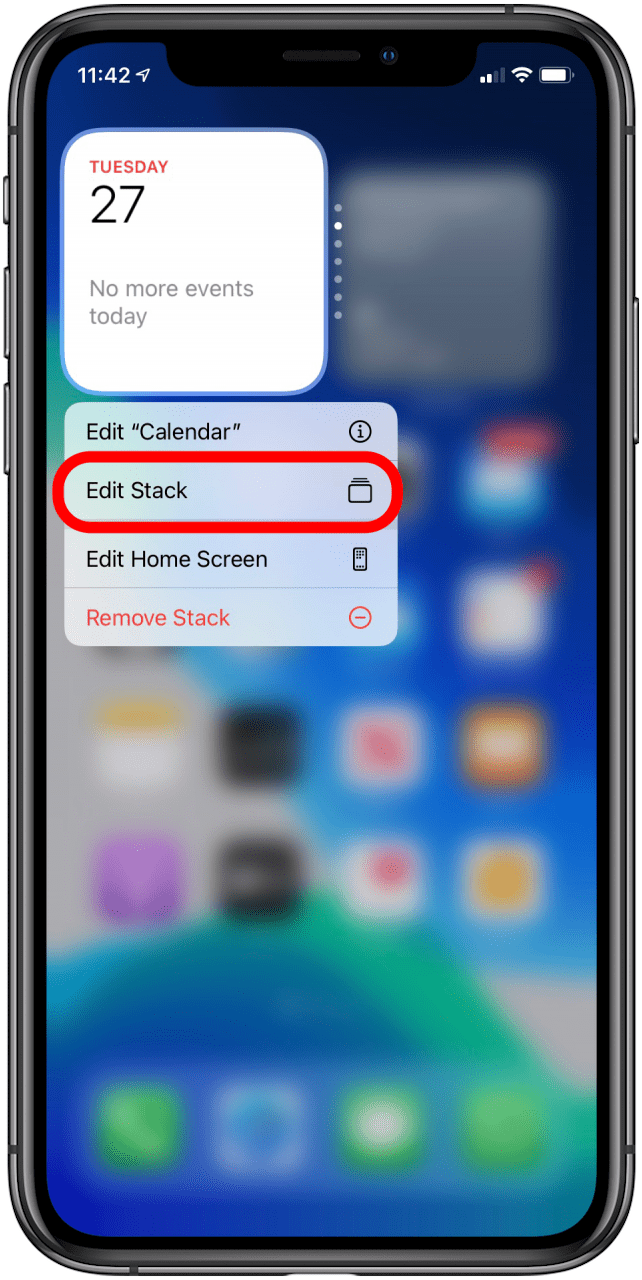
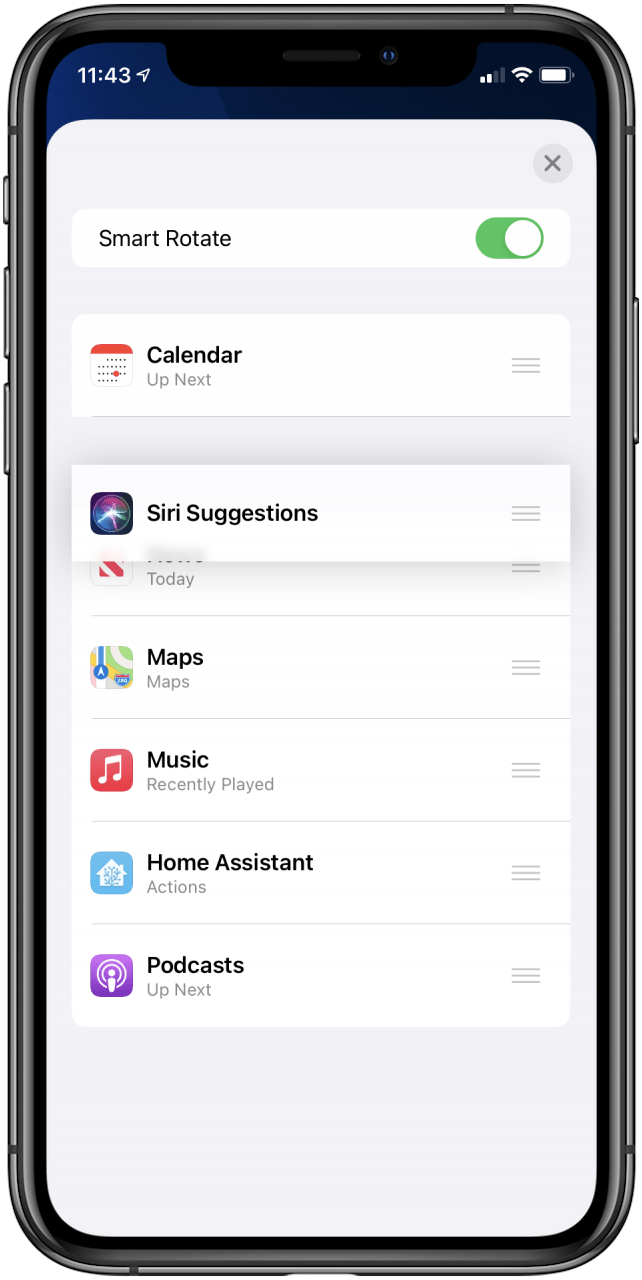
- To delete a widget from your Smart Stack, swipe left on it. The bar will turn red and say Delete. Once this appears, if you finish swiping left all the way the app will be deleted from your Smart Stack.
- To keep your Smart Stack from auto rotating on your screen, toggle Smart Rotate off.
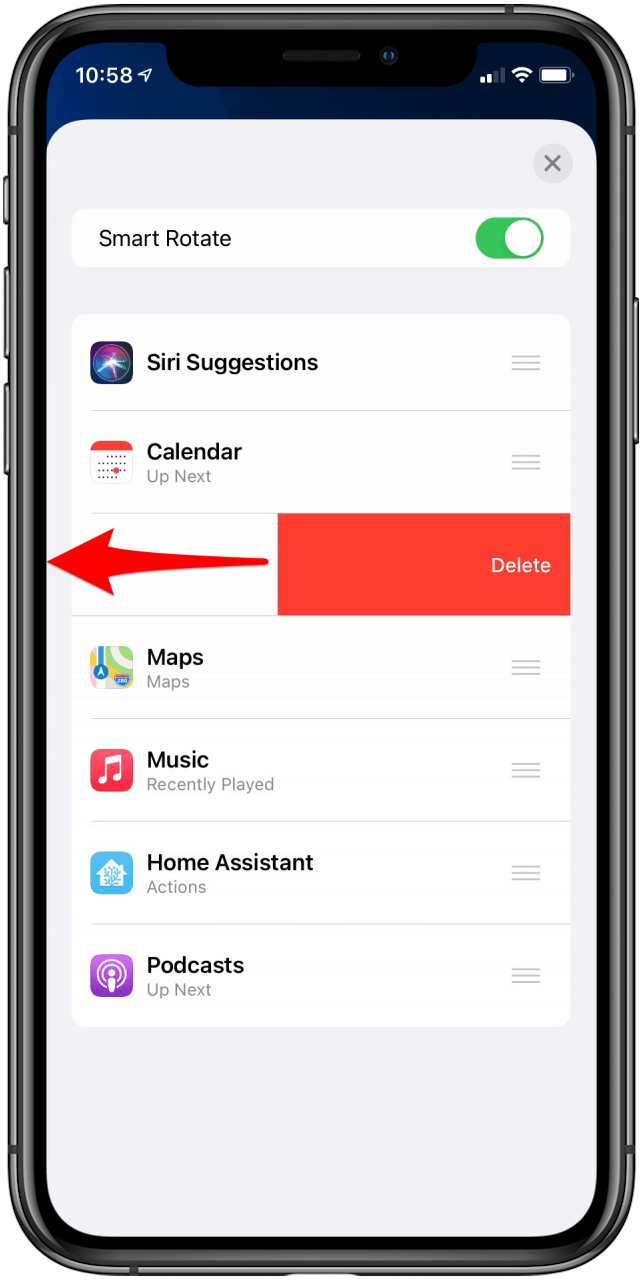
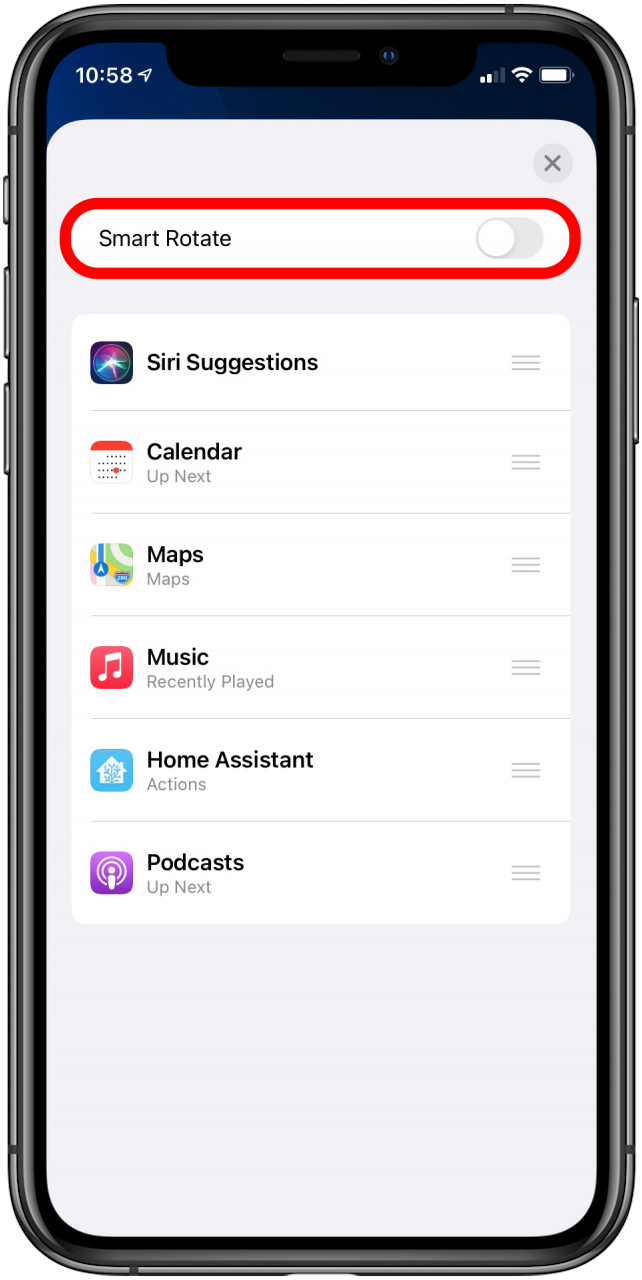
Troubleshooting Your Widget Stacks
While widget stacks are fairly straightforward and don't require a lot of high-level tech skills, users still sometimes run into trouble creating and using them, especially since they're a new feature. Here are some of the more frequent issues iOS 14 users have run into and some ways to solve it.
Is There a Way to Stack Different Sized Widgets?
Unfortunately, no. Since your app icons move around to make room for the widgets, if your Widget Stack had widgets of different sizes in there, your icons would constantly be jumping all over the place to accommodate the shift. Not only is this not practical, it would be annoying as heck. You can, however, learn to resize your widgets to create your perfect custom Widget Stack.
My Widgets Won't Stack!
There are a few reasons why you might be running into trouble stacking your widgets to create a custom stack. Here are some possible reasons you might be running into trouble:
- Make sure your screen is clean. If your screen has dust or fingerprints, it may not be able to read your touch as well. If your widget keeps jumping around, that may be the problem. Clean your screen gently and see if you have better luck.
- Make sure you are running iOS 14. Widget stacks are only available with iOS 14, so if you do not see them as an option, you may not have updated. You can check this in settings, and if you have not updated you should have the update available.
- Make sure your widgets are the same size. Different sized widgets cannot stack, so make sure they're both small, medium, or large, and not one of each.
- Try smaller widgets. Some users have been running into the issue that they cannot stack large widgets, but are able to stack the same widgets in small or medium sizes. While you officially should be able to stack large widgets, if you are running into trouble doing so, this can be a good workaround.
- Make sure you are stacking actual widgets. Widgets are not the same as app icons, which cannot be stacked but can be put into folders. If you want to have photos in your custom Widget Stack, you'll have to make sure the Photos widget is on your Home Screen, and that you are not trying stack the app icon on a widget.
Thanks for learning about stacking widgets! Next, learn about the 10 coolest widgets you can add to your Lock Screen once you download iOS 16!

Amy Spitzfaden Both
Amy Spitzfaden-Both is the Managing Editor for iPhone Life magazine and an award-winning novelist, with over 10 years of experience in the publishing industry. She specializes in Apple news and rumors, health and fitness tech, and parenting in the digital age. She graduated from MIU with a BA in Literature and Writing.
Amy lives in New Hampshire with her husband and daughter. When she’s not writing or glued to her iPhone, she enjoys hiking, traveling, and creating her own tea blends.
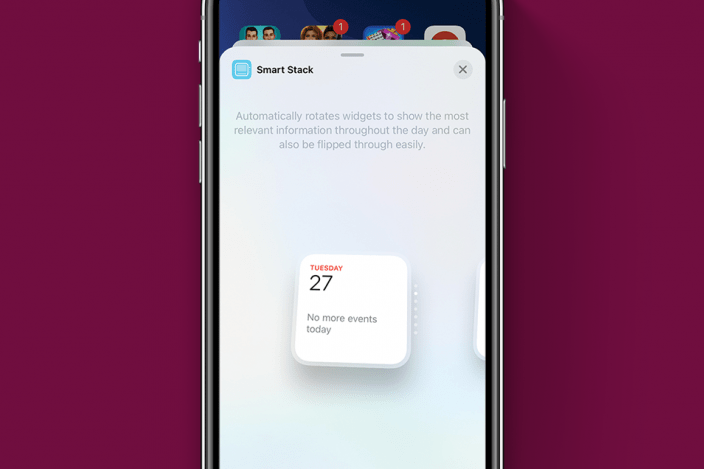
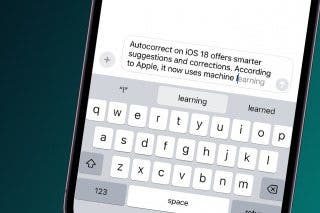
 Rhett Intriago
Rhett Intriago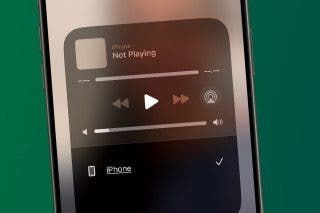
 Leanne Hays
Leanne Hays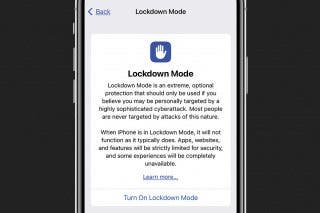
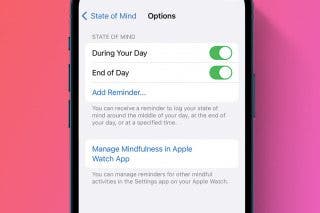
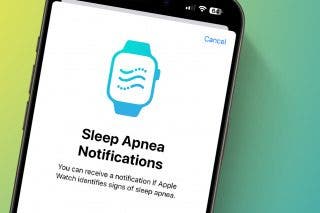
 Olena Kagui
Olena Kagui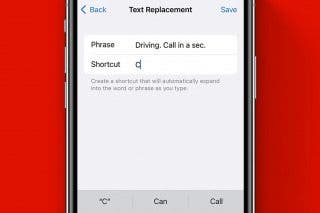
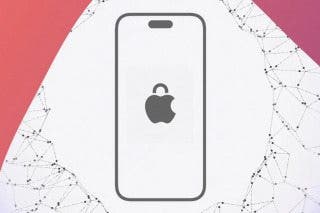
 Cullen Thomas
Cullen Thomas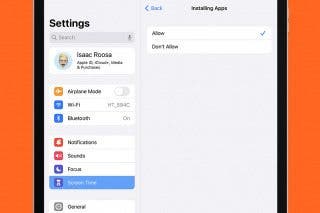
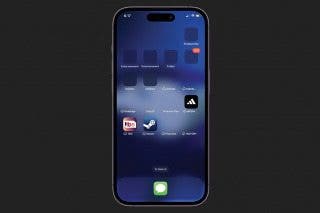
 Rachel Needell
Rachel Needell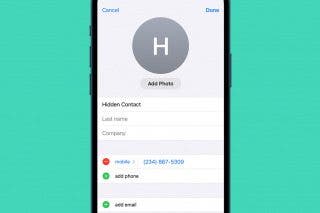
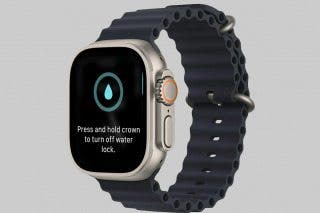

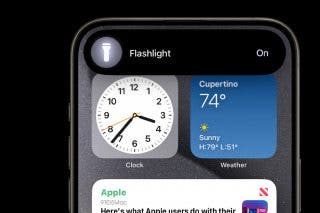

 August Garry
August Garry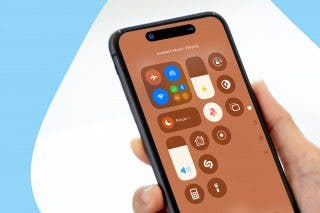
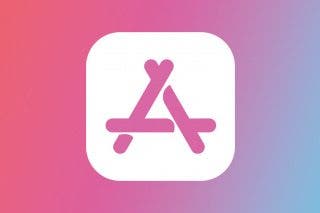
 Amy Spitzfaden Both
Amy Spitzfaden Both